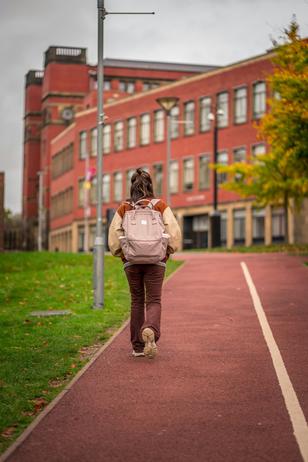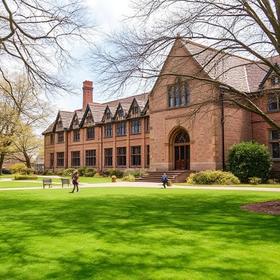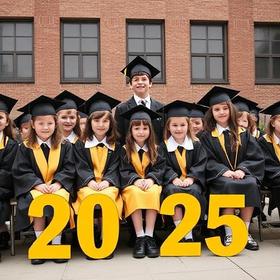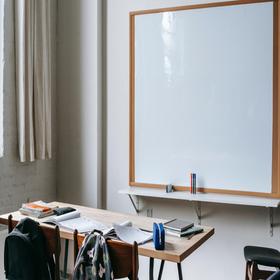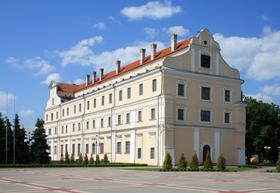The Hidden Costs of Boarding School and How to Plan for Them
For many families, boarding school represents an investment in academic excellence, personal growth, and lifelong connections. However, tuition alone does not capture the full financial picture. Parents often underestimate the hidden costs of boarding school—expenses that, while less obvious, can add up quickly.
In 2025, with average U.S. boarding school tuition ranging from $40,000 to $70,000 per year, understanding and planning for these hidden costs is more important than ever. This article breaks down the most common additional expenses and offers practical strategies to prepare for them.
Why Hidden Costs Matter
Boarding school tuition typically covers room, board, and academic instruction, but many essentials fall outside that baseline. Families may find themselves facing unplanned bills for travel, extracurricular activities, uniforms, or technology.
Without careful planning, these hidden costs can cause financial strain and detract from the boarding school experience. Identifying them early ensures that families can make informed choices about which schools fit both educational goals and budget realities.
Common Hidden Costs of Boarding School
1. Travel and Transportation
For boarding students, especially those attending schools far from home or abroad, travel is one of the largest recurring expenses. Costs include:
Airfare or train tickets for school breaks and holidays
Transportation to and from airports
Boarding school shuttles or ride services
For international families, annual travel expenses may easily exceed $5,000–$10,000, depending on distance and frequency.
2. Uniforms and Dress Codes
Many boarding schools require uniforms or formal attire. Beyond the initial purchase, ongoing expenses include:
Seasonal uniforms and replacements
Dry cleaning and tailoring
Specialized sports gear
Parents should budget $500–$1,500 annually depending on school requirements.
3. Extracurricular Activities
Boarding schools are known for rich extracurricular offerings—sports, music, theater, clubs, and trips. While participation enriches a student’s experience, it often comes at an additional cost. Examples include:
Athletic team fees, equipment, and travel
Musical instrument rentals or private lessons
Cultural and academic trips, such as Model UN conferences
Some activities may be included in tuition, but elite-level sports and international trips can carry price tags of several thousand dollars each year.
4. Technology and Learning Resources
Although schools provide access to libraries and labs, students may be expected to bring or purchase:
Laptops or tablets
Specialized software
Graphing calculators or e-readers
In today’s digital classrooms, families should budget at least $1,000 every few years for device updates.
5. Healthcare and Insurance
Most schools require health insurance coverage, either through a family plan or the school’s policy. Additional healthcare-related costs may include:
Out-of-pocket expenses for medical appointments
Prescription medications
Mental health counseling or therapy sessions
According to the National Association of Independent Schools (NAIS), many schools are expanding wellness resources, but families should still expect some uncovered costs.
6. Special Academic Support
Students who need tutoring, test prep, or learning support may face added expenses. While some services are included, specialized tutoring or SAT/ACT prep courses often cost $1,000–$3,000 annually.
7. Personal Spending and Miscellaneous Fees
Daily life at boarding school brings smaller but consistent expenses:
Laundry services
Weekend outings
Campus store purchases
Graduation and senior year events
These can total $1,000–$3,000 per year, depending on the student’s lifestyle.
Estimated Annual Hidden Costs at a Glance
Expense Category | Estimated Range (Annual) |
Travel & Transportation | $2,000–$10,000 |
Uniforms & Dress Code | $500–$1,500 |
Extracurricular Activities | $1,000–$5,000+ |
Technology & Learning Tools | $500–$1,500 |
Healthcare & Insurance | $500–$3,000 |
Academic Support | $1,000–$3,000 |
Personal/Miscellaneous | $1,000–$3,000 |
Total Estimated Costs | $6,500–$27,000+ |
Source: Estimates based on NAIS and school financial aid office data, 2025
How to Plan for Hidden Costs
1. Ask the Right Questions
When evaluating schools, parents should go beyond the tuition number. Admissions and financial aid officers are accustomed to discussing hidden costs and can provide breakdowns. Key questions include:
What is included in tuition, and what is not?
What are the average annual additional expenses for students?
Are there school-sponsored travel discounts or uniform providers?
2. Explore Financial Aid Beyond Tuition
Many boarding schools now offer aid packages that cover more than tuition, including travel, textbooks, or extracurriculars. According to NAIS data, nearly 25% of students at independent schools receive some form of financial aid.
Families should ask if aid extends to “supplementary” expenses—a growing trend as schools work to increase accessibility.
3. Build a Realistic Family Budget
A practical approach is to calculate tuition plus 20–30% for hidden costs. Creating a separate “boarding school fund” for travel, activities, and personal spending prevents financial surprises.
4. Leverage 529 Plans and Tax Strategies
Since 2018, families can use 529 savings plans for K–12 private school tuition (up to $10,000 per year). While this doesn’t cover all hidden costs, it can free up funds for related expenses. Saving for College provides detailed guidance on tax-advantaged strategies.
5. Prioritize Value, Not Just Prestige
Sometimes the right school is not the most expensive one. Families should weigh the total cost of attendance—including hidden fees—against the opportunities provided. A smaller school with inclusive tuition may ultimately be more affordable than a prestigious academy with significant extras.
Looking Ahead: Boarding School Costs in 2025 and Beyond
As boarding schools adapt to shifting demographics and economic realities, many are increasing transparency about total costs. Some institutions now publish “all-in cost estimates” or cap charges for certain extracurriculars.
Parents should expect continued growth in financial aid programs addressing hidden expenses, particularly for middle-income families. Yet, with rising inflation and travel costs, budgeting carefully remains essential.
Final Thoughts
Choosing a boarding school is one of the most important educational and financial decisions a family can make. While tuition is a major consideration, hidden costs—from travel to uniforms—can add tens of thousands of dollars over a student’s academic journey.
By asking detailed questions, budgeting realistically, and exploring financial aid, families can ensure they are fully prepared. Ultimately, understanding the hidden costs of boarding school allows parents to focus less on finances and more on supporting their child’s growth and education.

